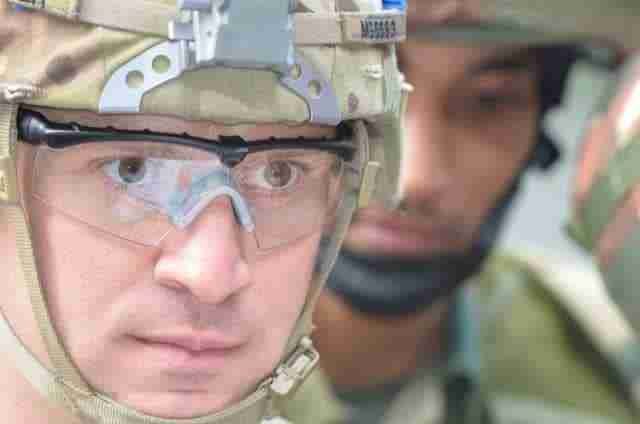Technology has shaped the course of wars ever since man first used a club to beat his opponent. The slingshot, long spear and the bow and arrow of yesteryears were revolutionary concepts when applied against opponents not similarly equipped. It was not just the weapon, but the manner of their application through well-trained and well-led troops that made a difference on the battlefield. Modern weapons systems of today offer the same advantage in an asymmetric situation.
But wars are not about technology alone, despite the devastation that modern weapon systems can cause. They are also about political and military will, the Higher Direction of War, Operational Art, battlefield tactics and the motivation and morale of the man behind the gun. Technology, however, remains the enabler.
India and technology
India has lagged in innovation when it comes to indigenous manufacture of weapon systems. We are still in a catch-up mode, largely due to faulty policies and a misplaced belief that political acumen and diplomatic skills can give the nation an effective defence shield.
While India is playing the catch-up game with respect to modern technologies currently in use, we need to get ahead of the technology curve by investing suitably on futuristic technologies.
During the last six years, however, there has been greater pragmatism and understanding of the need for hard power, to pursue an independent policy. While a push is now being given to indigenous manufacture of weapon systems, it will take time to make up for decades of neglect. Also, the administrative framework for the modernisation process is still reliant on processes and procedures that are outdated and not conducive for delivering results in a quick time frame. That will have to change.
While India is playing the catch-up game with respect to modern technologies currently in use, we need to get ahead of the technology curve by investing suitably on futuristic technologies. Artificial intelligence is one such field amongst others, which has great potential as a game-changer for future conflict. Our ability to think and plan ahead to create such technologies will require political astuteness and understanding of a very high order.
Way ahead
The framework and processes required to achieve successful outcomes will have to be led by independent agencies operating outside the government, but with full government financial and administrative backing. It would be instructive to see how Israel and some other countries have become world leaders in niche fields and look into the models followed by them.
We need to ask ourselves why, after over seven decades of independence, during which we have fought five major wars with our adversaries, do we still look to import small arms weapons? Why are we importing extreme cold climate clothing? Why are we importing ammunition of various types? We have a huge research organisation in the form of the DRDO and a large workforce in our 41 ordnance factories and nine Defence Public Sector Undertakings. They must be held accountable.
While the private sector is now being enabled, they must be given a level playing field and in some critical areas, the military and the government must resort to some level of hand-holding to improve domestic manufacture. This will, inter alia, also reduce the import burden, create in-house jobs and contribute to the growth of the nation.
While technology is important, it must not be forgotten that the man behind the gun remains our most precious resource. We must ensure that he is enabled with the best of technologies to carry out the task the nation has entrusted to him.


